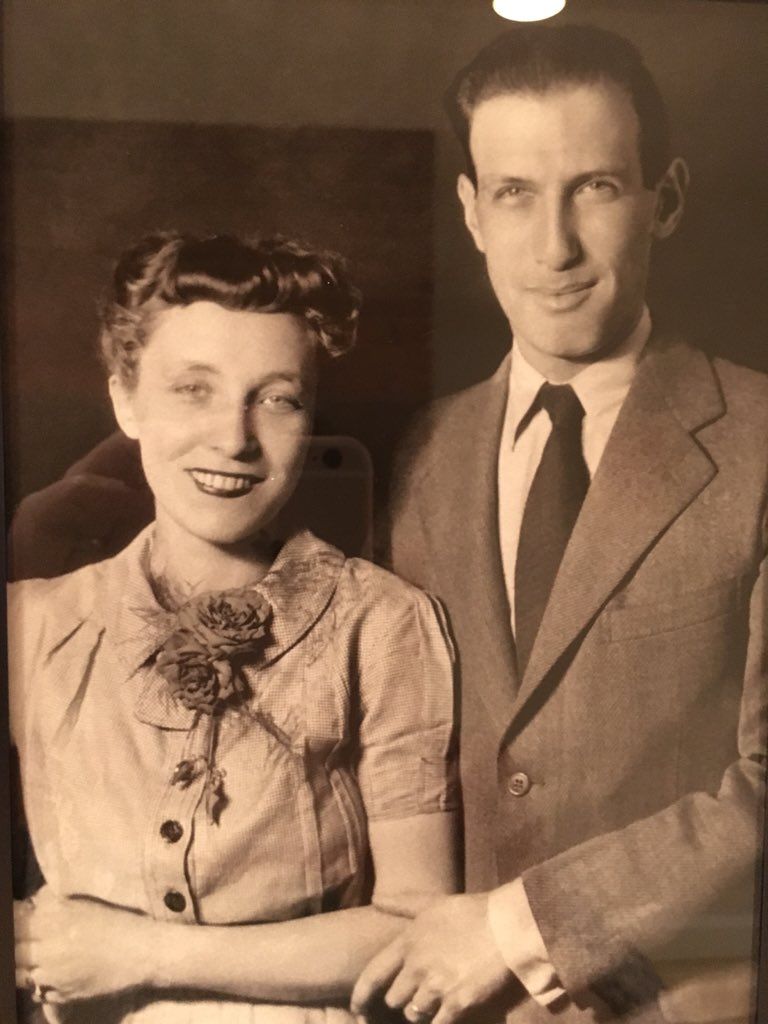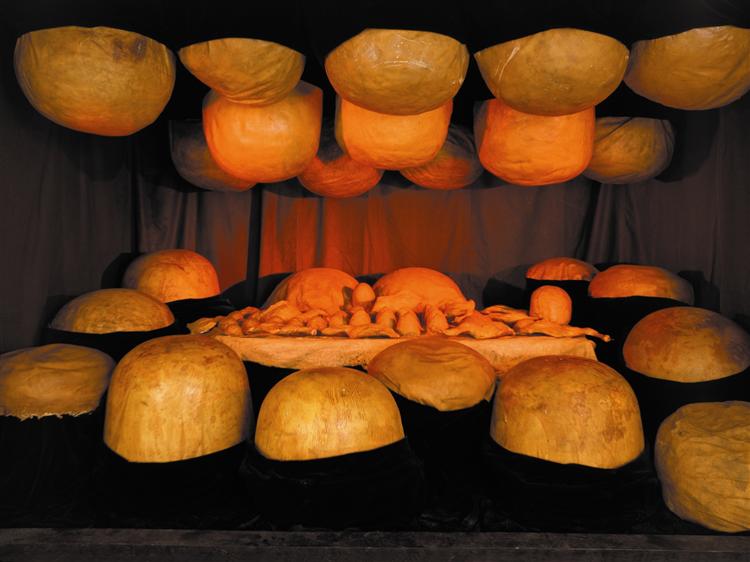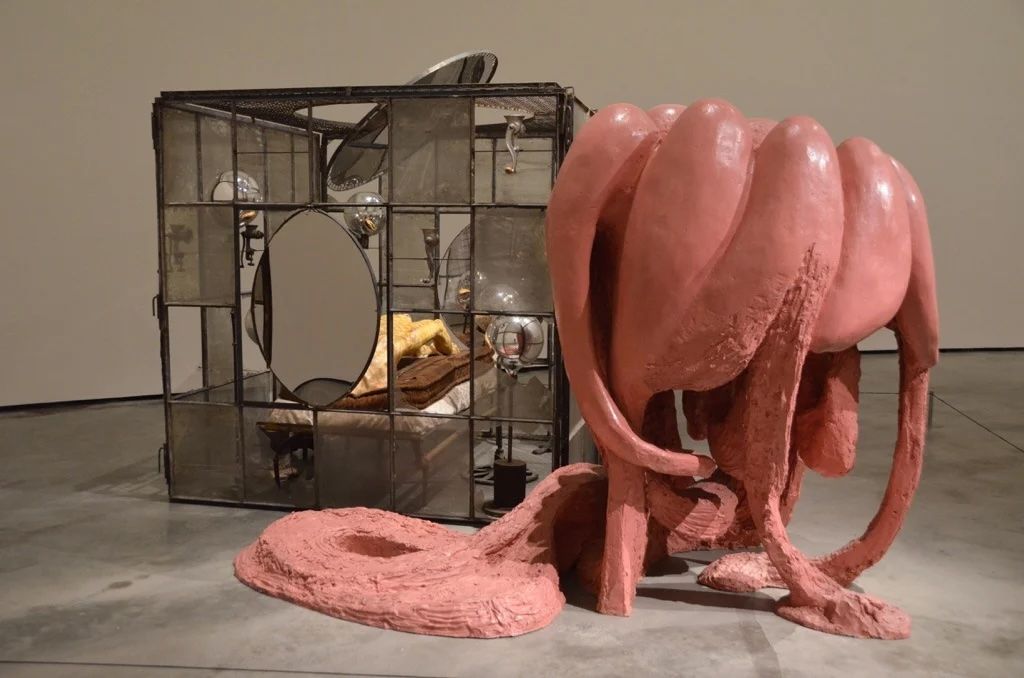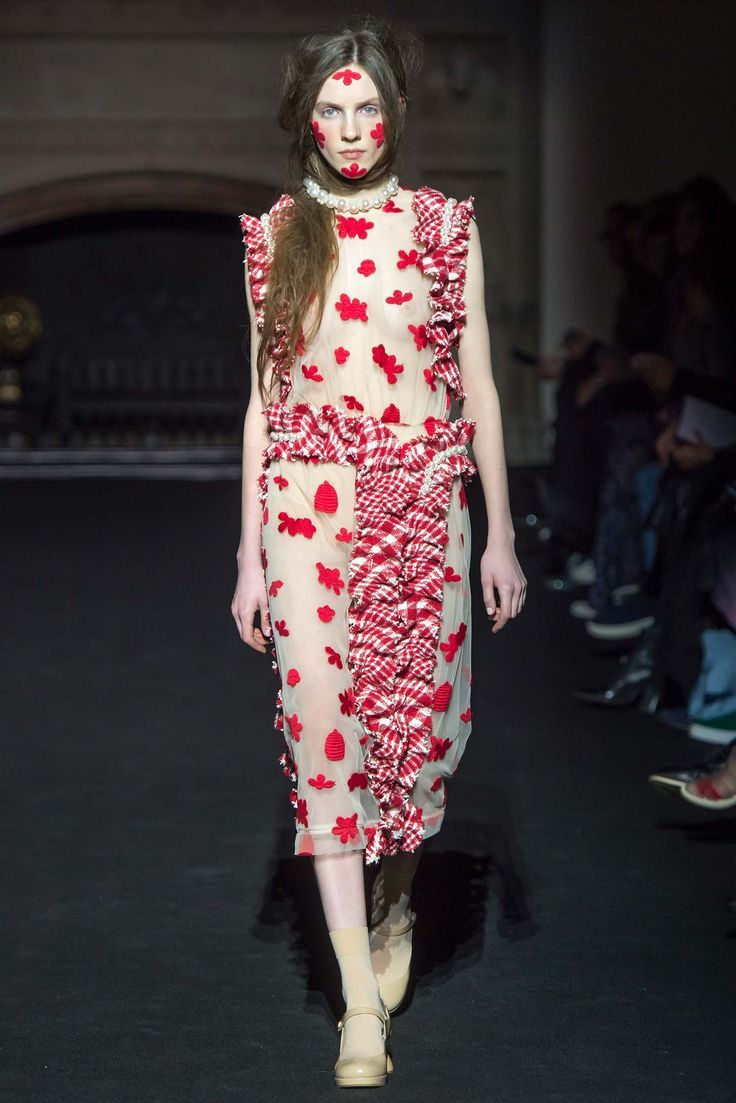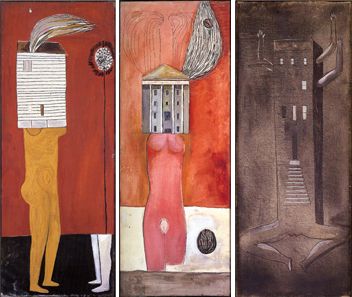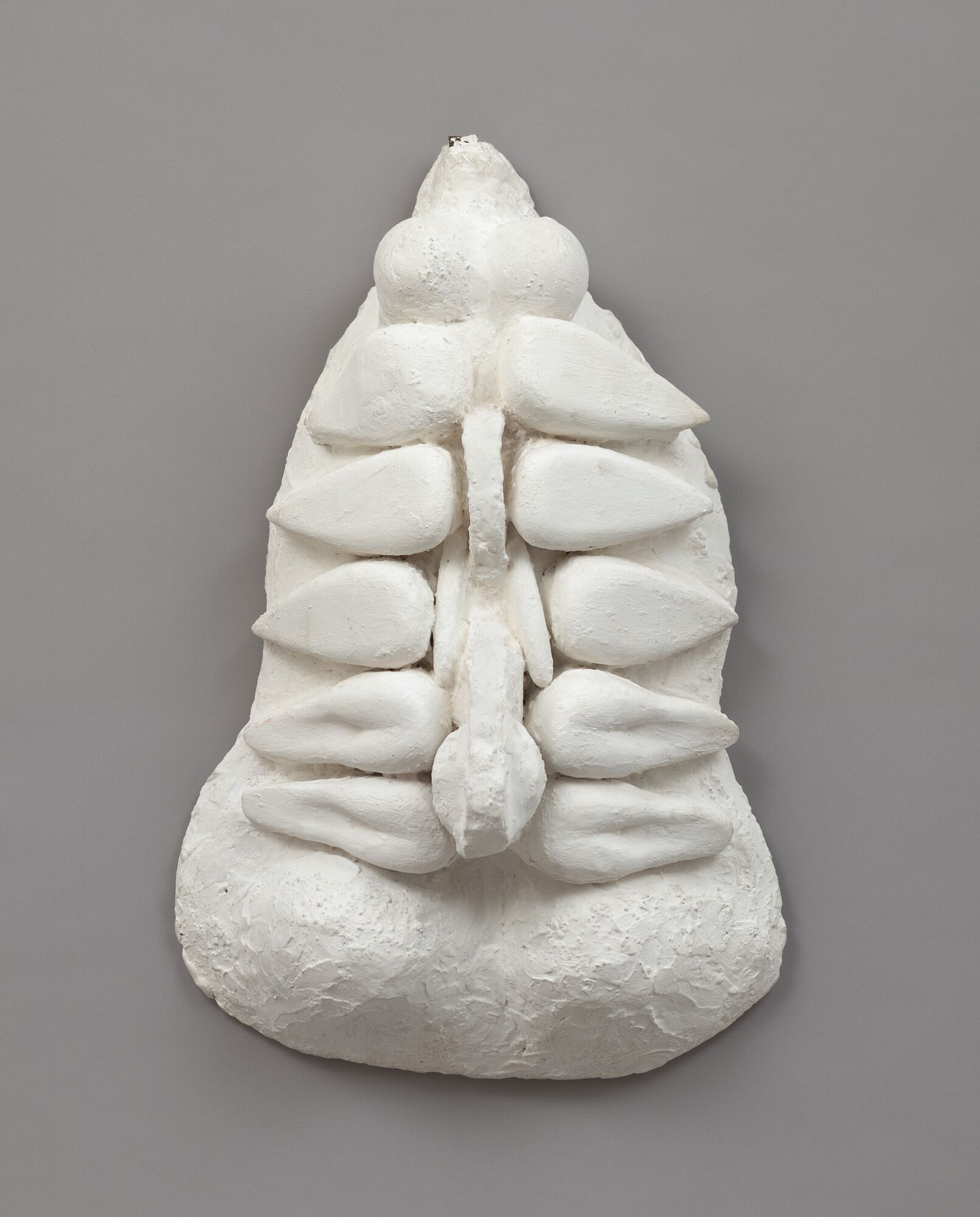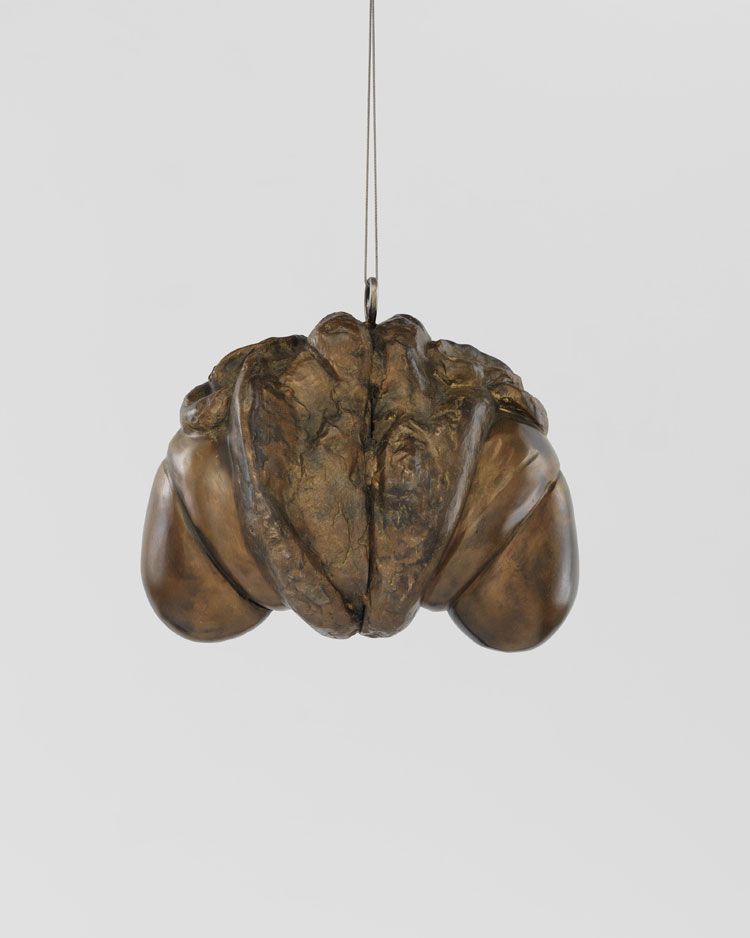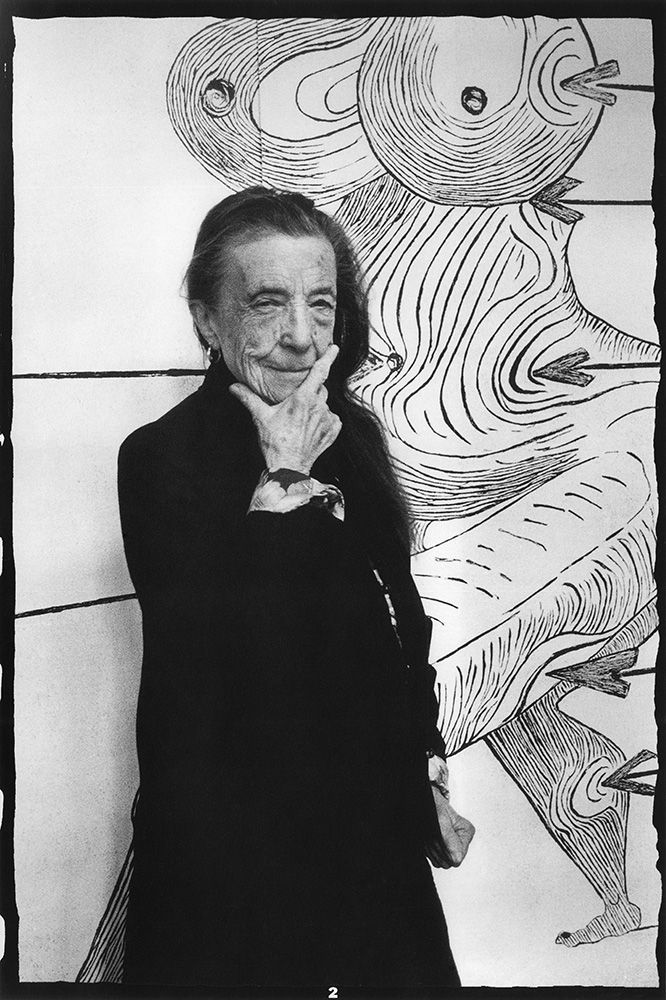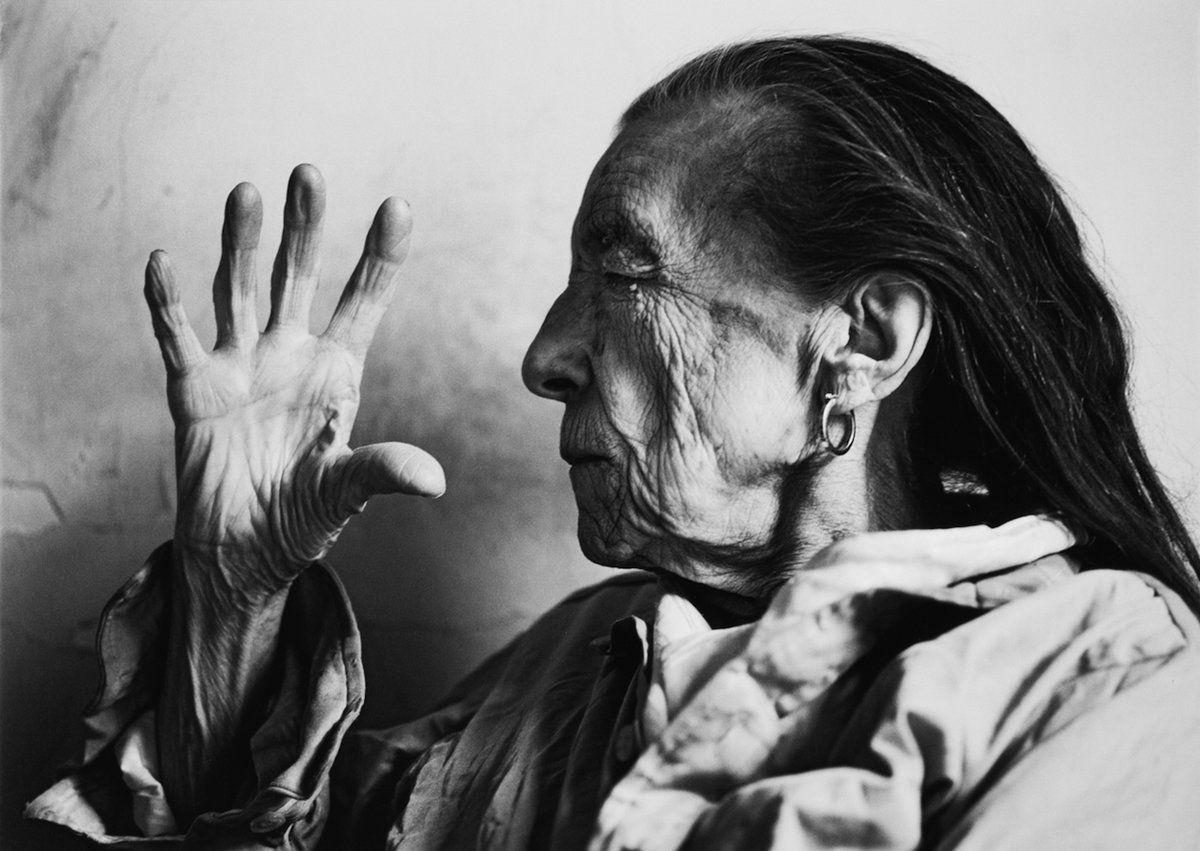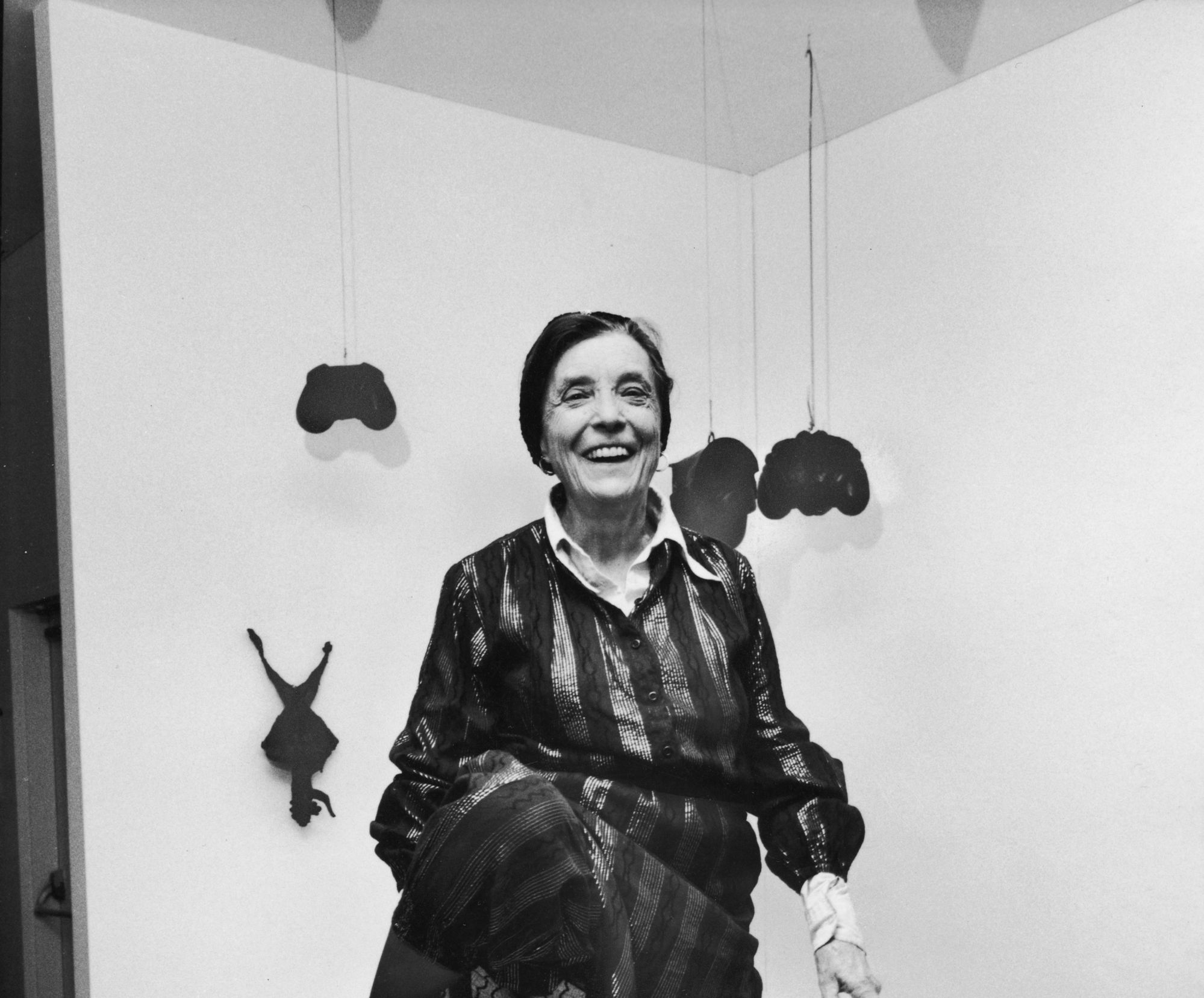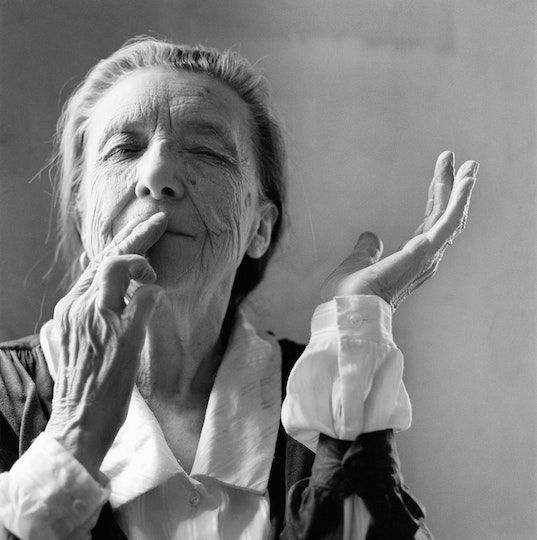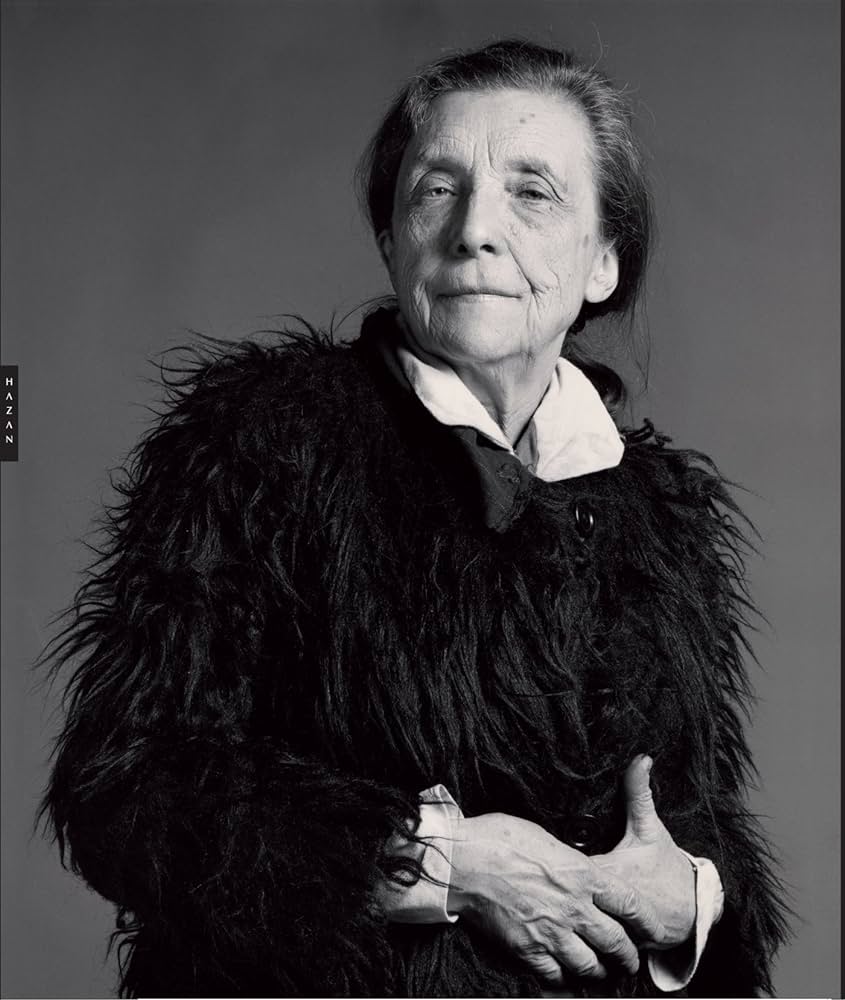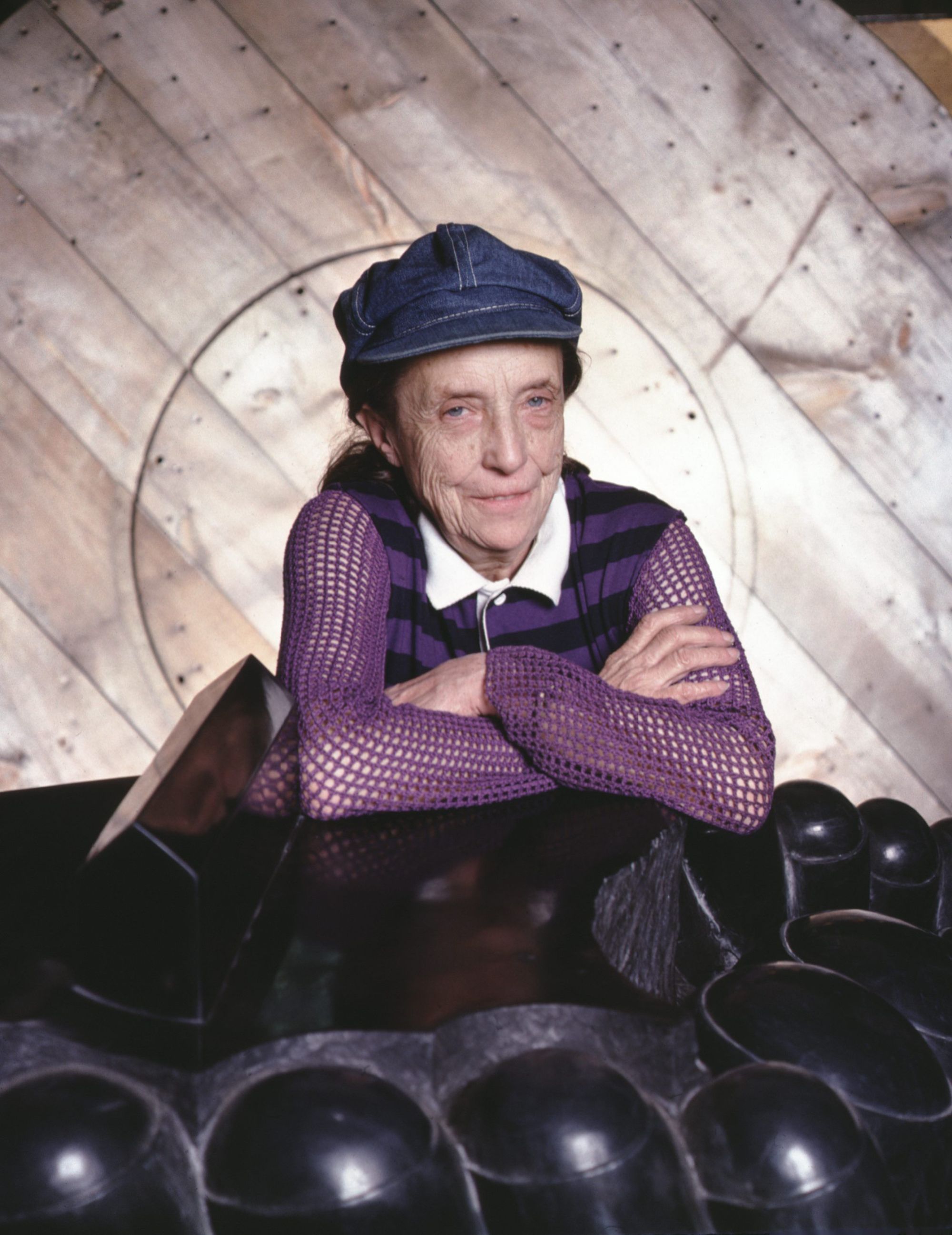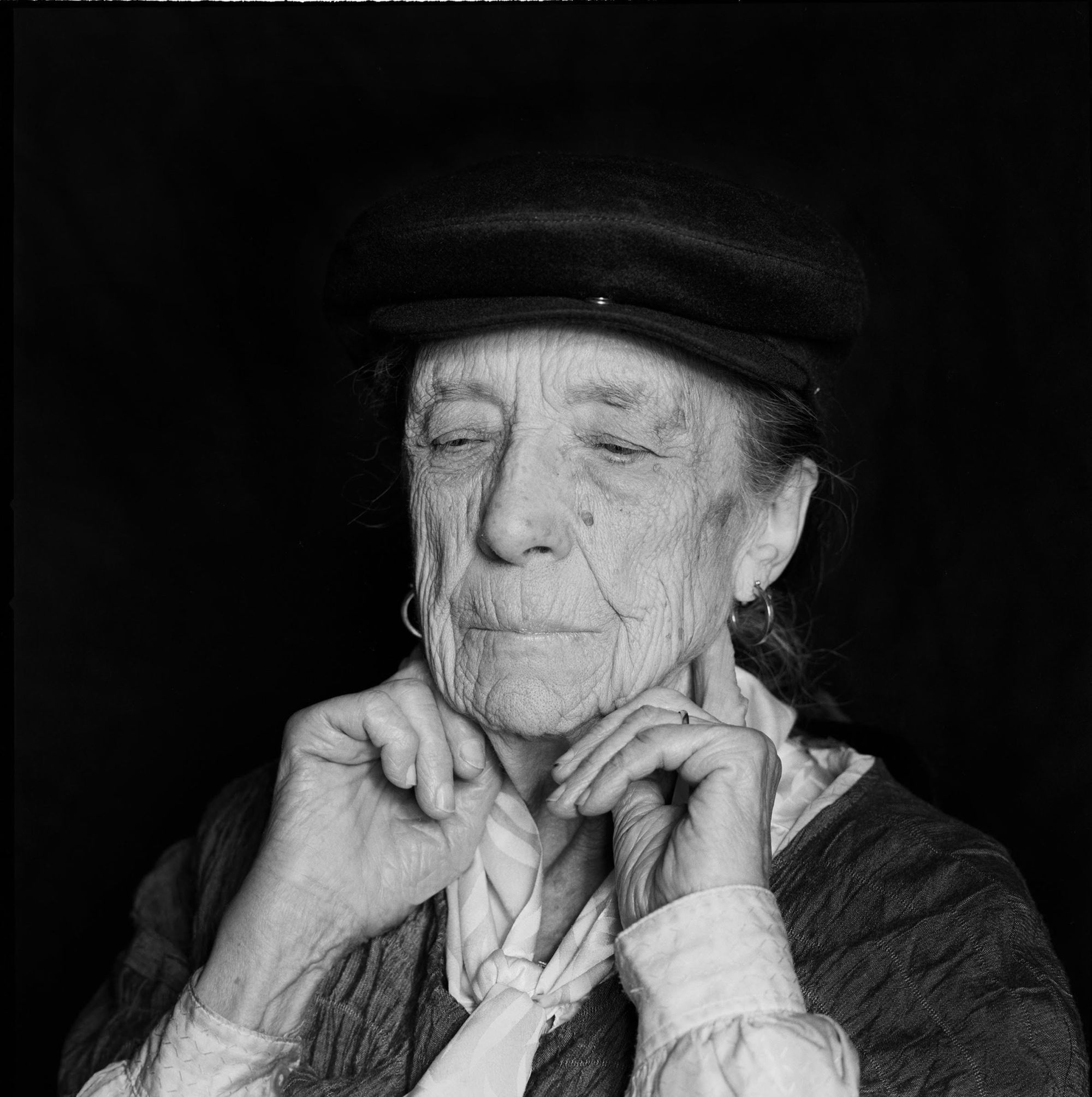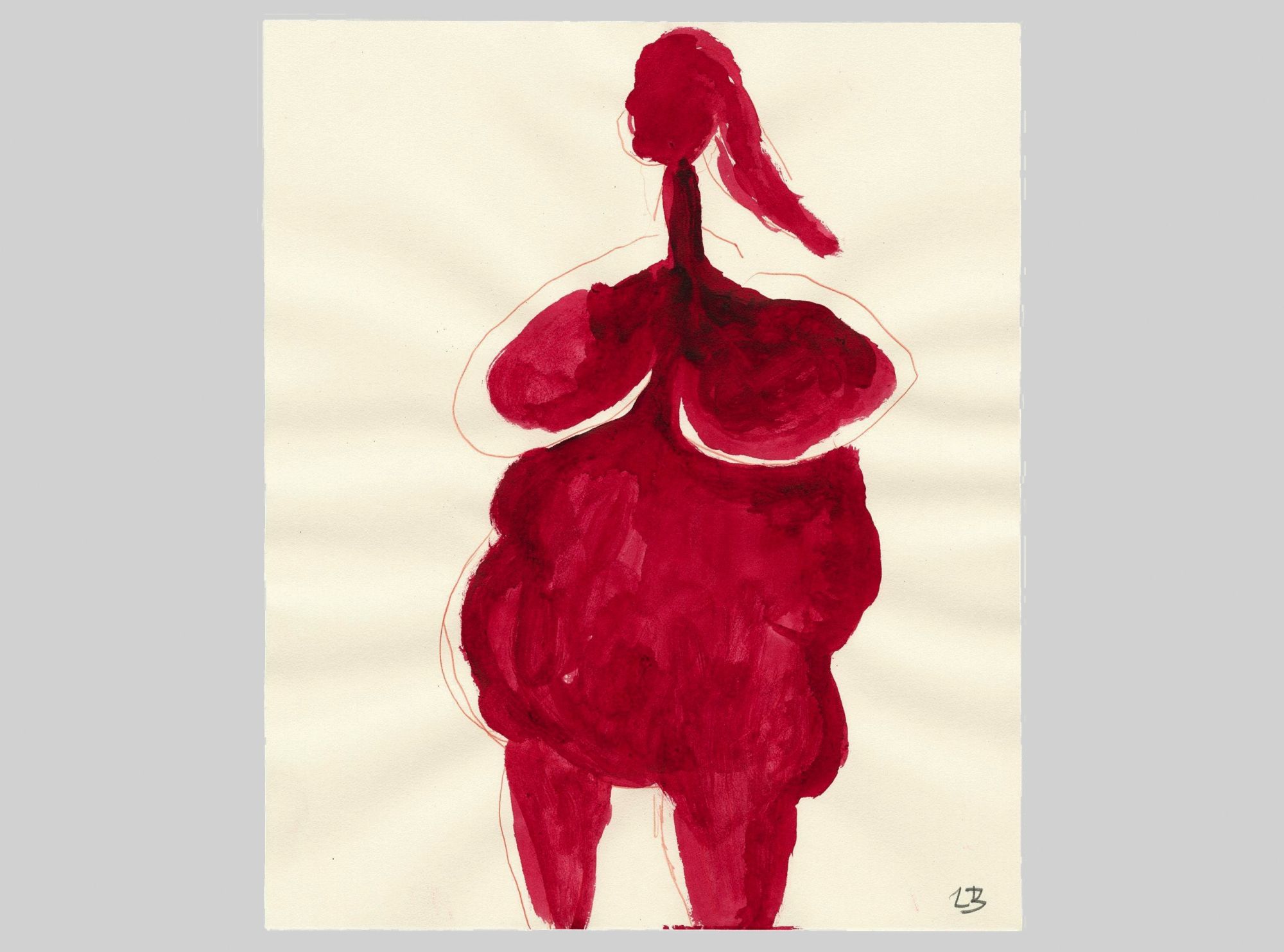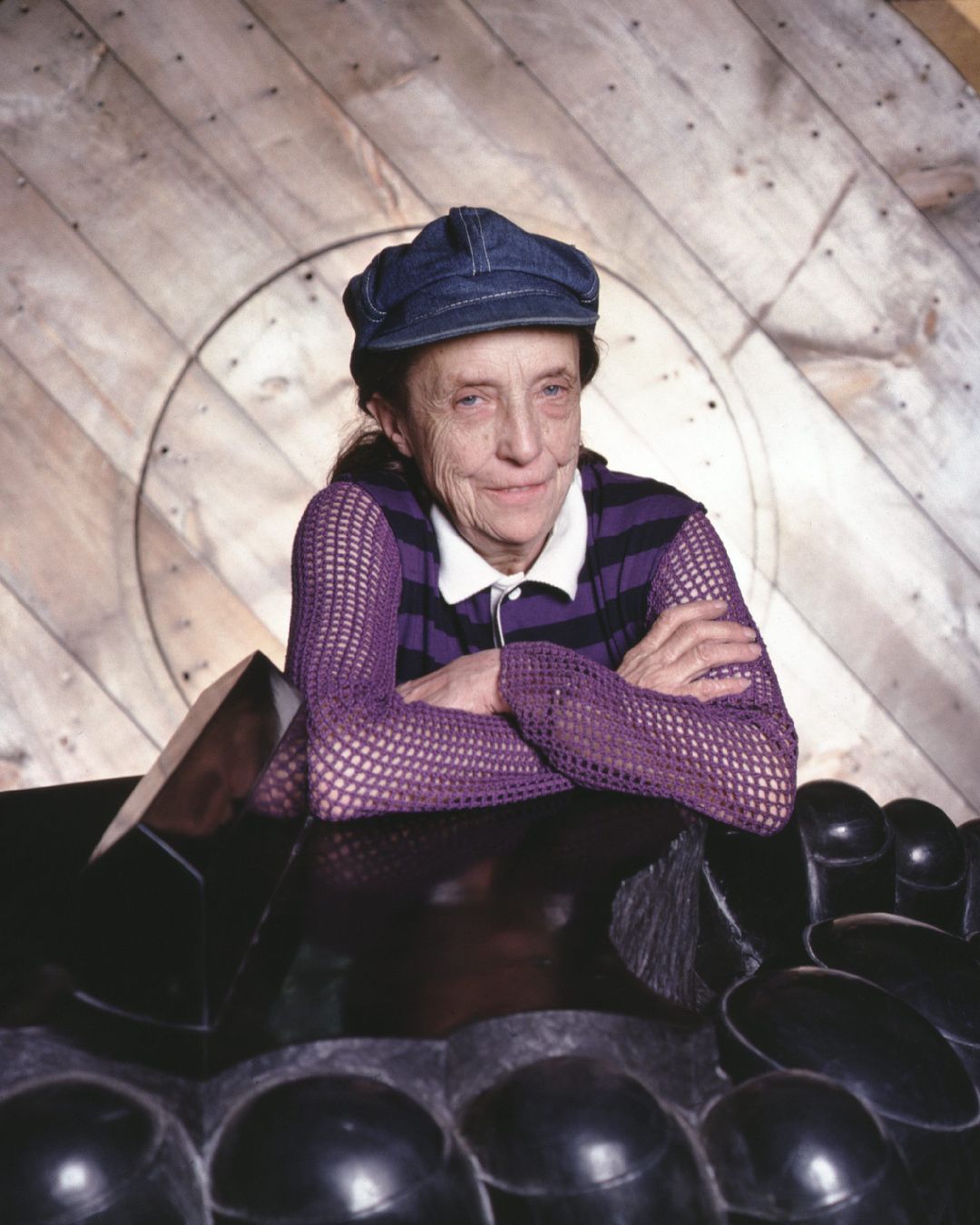
The emblematic history of Louise Bourgeois The multidisciplinary artist who has transcended generations
Fearless explorer of the conscious and unconscious, Louise Bourgeois stands out as a multidisciplinary artist who fearlessly delved into various artistic means. She emerges as a major figure in abstract expressionism, surrealism, and feminist art. This extraordinarily creative French-American artist has left an indelible mark, inspiring not only a generation of artists, designers, and musicians but even personalities like Kanye West, who drew inspiration from her for the cover of his 2021 album Donda. Born on Christmas Day in 1911 in Paris to a modest family that owned an antique tapestry gallery, Louise Bourgeois was introduced to the artistic community from an early age. Her first forays into the world of design and creativity involved repairing worn tapestry patterns that her family maintained. Although she initially pursued studies in mathematics and geometry at the Sorbonne in 1930, disciplines she praised for their stability and strict rules, this path was short-lived. The death of her mother in 1932 and the resulting family traumas compelled her to confront painful memories through art. This choice became a form of therapy, transforming her most distressing experiences into beautiful and stimulating works of art. Today, Louise Bourgeois is recognized as one of the world's greatest artists, a prominent sculptor whose work transcends the boundaries of her gender, as she emphasizes.
The Beginnings of Fearless Exploration
Continually grappling with the loss of her mother and her desire to enter the art world, a path her mother always encouraged, Bourgeois begins studying at the École des Beaux-Arts and the École du Louvre, as well as at several independent academies like the Colarossi Academy, founded by Italian sculptor Filippo Colarossi. Craving hands-on experience rather than being confined to a classroom, she seeks firsthand experience by visiting workshops in the Parisian region, learning techniques from established artists. She also apprentices under renowned artists such as Fernand Léger, Paul Colin, and André Lhote. However, these specific apprenticeships led Bourgeois to question the patriarchal dominance that prevailed in the art world in the early 20th century, prompting her to embark on her own journey to find success. Despite their strained relationship marked by feelings of abandonment and mistreatment, she opens her own gallery next to the tapestry gallery now operated solely by her father. There, she exhibits several artists, including Henri Matisse and Suzanne Valadon, while selling her own drawings and prints, before meeting her future husband, American art professor Robert Goldwater. Their relationship proved crucial for the artist, who quickly bid farewell to Paris and settled in New York to join her new spouse. They remained together until his death in the 1970s, and he always supported her work.
The 1940s posed numerous challenges for the French artist, attempting to assimilate into a new country while trying to carve a place in the New York art scene, all while raising three children. In 1946, she created one of her most well-known painting series: Femme Maison, which explores the role of women in the world by replacing women's heads with houses, a feminist exploration of domesticity. However, Bourgeois rejects the notion that her art should be defined as "feminist," stating: "There is no female experience in art, at least not in my case, because it's not just by being a woman that you have a different experience." Despite this assertion, her work predominantly features female subjects as she progresses through life, such as Autoportrait Torse (1963-1964), Janus Fleuri (1968), or La Bonne Mère (2003). Bourgeois claims that her works address issues predating gender, although the rise of the feminist movement in the 1970s contributed to her fame as an artist. Her works were sexually explicit, tactile, and provocative, often inspiring women and urging them to reclaim their power. In 1976, her Femme Maison series even graced the cover of Lucy Lippard's book From the Center: Feminist Essays on Women's Art, making her an icon of the feminist art movement, whether she agreed with the label or not.
Exploring the Themes of Pain and Trauma in the Name of Art
In the 1970s, Louise Bourgeois asserted herself on the New York art scene, even teaching classes at some of the city's top art schools and public schools. During this period, she focused primarily on printmaking and sculpture, two essential pillars of her artistic career. Her first retrospective, organized in 1982 at the Museum of Modern Art, was marked by her public declaration at the opening, stating that her work was purely autobiographical and, in a way, an obsessive way of reliving the traumas of her childhood and working towards healing. During this time, she created some of her most iconic sculptures, including Destruction of the Father. This work, featuring bulbous skin-colored elements suspended above and around a stylized table, can be seen as one of her darkest, transporting viewers to a crime scene where the father is destroyed by his children. It is evidently an ode to the complex relationship she had with her father, standing out as one of her most thought-provoking creations. At this time, The New York Times described her work as "charged with tenderness and violence, acceptance and challenge, ambivalence and conviction," a diverse description alluding to the difficulty of defining her artistic style and inspirations.
Bourgeois' most famous work may have been created in the late 1990s when the spider became the central subject of her artistic expression. Maman, an imposing steel and marble structure standing at 9 meters tall, spawned six additional bronze editions, depicting a spider with massive legs enveloping an imposing surface. Despite its impressive stature, the artist described the work as "an ode to my mother," explaining that her mother was a weaver, much like spiders, intelligent and useful, protecting as she did throughout her life. Installed in various locations, including recently at the Qatar National Convention Centre in Doha, Maman set a new auction record for a sculpture created by a female artist in May 2023, selling for 34 million euros at a Sotheby's auction in New York. Bourgeois' imprint on fashion is also notable, with Simone Rocha creating a dress inspired by Maman for her BA collection, presented at the new exhibition Echo. Wrapped in Memory at MoMu in Antwerp, exploring the connection between memory and clothing. Bourgeois had a particular affinity for the tactile and textile from her early days in her parents' tapestry workshop. She even maintained a close friendship with Helmut Lang, for whom she participated in several advertising campaigns before her death. Bourgeois passed away in 2010 from heart failure, continuing to create artworks until her final weeks. Thus, she cemented a decades-long career that inspired a generation of creatives to explore their darkest memories in a cathartic experience aimed at healing and inspiring.










































